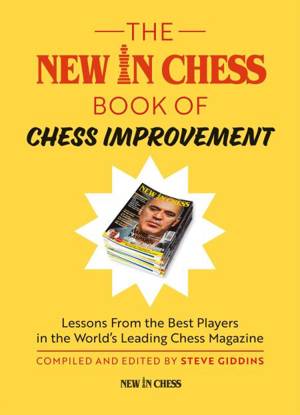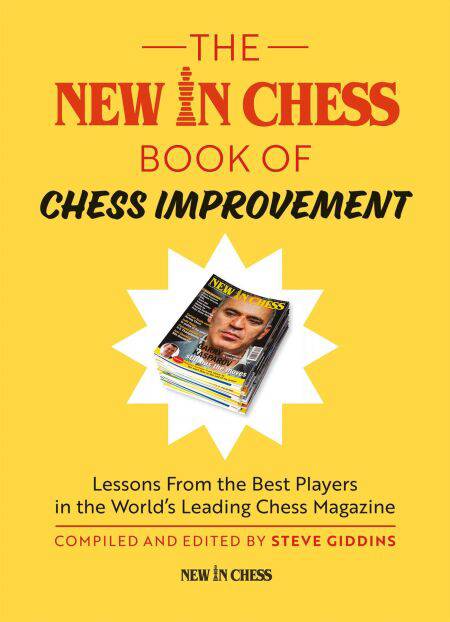
- Afhalen na 1 uur in een winkel met voorraad
- Gratis thuislevering in België vanaf € 30
- Ruim aanbod met 7 miljoen producten
- Afhalen na 1 uur in een winkel met voorraad
- Gratis thuislevering in België vanaf € 30
- Ruim aanbod met 7 miljoen producten
Zoeken
The New In Chess Book of Chess Improvement E-BOOK
Lessons From the Best Players in the World's Leading Chess Magazine
Steve Giddins
E-book | Engels
€ 22,36
+ 22 punten
Omschrijving
The back catalogue of New In Chess magazine is a fabulous source of chess instruction. For more than three decades every issue has been full of detailed and highly enlightening annotations by the world’s best players of their own best games.
Acclaimed chess author Steve Giddins is firmly convinced that for the average player, the study of well-annotated master games is the best way to learn the skills that really matter. Therefore he has revisited the New In Chess vault and assembled the clearest and most didactic examples.
'The New in Chess Book of Improvement' is a treasure trove of study material and has chapters on attack and defense, sacrifices, material imbalances, pawn structures, endgames and various positional themes.
Giddins’ selection includes masterclasses by no fewer than eight World Champions: Tal, Smyslov, Karpov, Kramnik, Anand, Topalov Carlsen and Kasparov. But also chess legends such as Larsen, Kortchnoi, Timman, Ivanchuk, Short, Aronian and Shirov.
Together they represent an exciting picture of modern top level chess. They also provide the high standard of instructional material that today’s club player, much stronger than his equivalent 25 or more years ago, needs.
Acclaimed chess author Steve Giddins is firmly convinced that for the average player, the study of well-annotated master games is the best way to learn the skills that really matter. Therefore he has revisited the New In Chess vault and assembled the clearest and most didactic examples.
'The New in Chess Book of Improvement' is a treasure trove of study material and has chapters on attack and defense, sacrifices, material imbalances, pawn structures, endgames and various positional themes.
Giddins’ selection includes masterclasses by no fewer than eight World Champions: Tal, Smyslov, Karpov, Kramnik, Anand, Topalov Carlsen and Kasparov. But also chess legends such as Larsen, Kortchnoi, Timman, Ivanchuk, Short, Aronian and Shirov.
Together they represent an exciting picture of modern top level chess. They also provide the high standard of instructional material that today’s club player, much stronger than his equivalent 25 or more years ago, needs.
Specificaties
Betrokkenen
- Auteur(s):
- Uitgeverij:
Inhoud
- Aantal bladzijden:
- 336
- Taal:
- Engels
Eigenschappen
- Productcode (EAN):
- 9789056916954
- Verschijningsdatum:
- 24/05/2017
- Uitvoering:
- E-book
- Beveiligd met:
- Adobe DRM
- Formaat:
- ePub

Alleen bij Standaard Boekhandel
+ 22 punten op je klantenkaart van Standaard Boekhandel
Beoordelingen
We publiceren alleen reviews die voldoen aan de voorwaarden voor reviews. Bekijk onze voorwaarden voor reviews.








